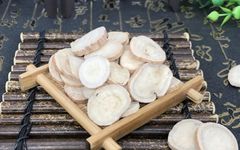
Bai Shao (白芍, White Peony) is the root of the peony plant (Paeonia lactiflora) and hairy peony (Paeonia veitchii). It is a perennial herb that grows in the shade of forests on hillsides and is distributed in Northeast China, North China, Shaanxi, and Gansu. Many cities cultivate it, and hairy peony grows in mountainous shrub areas, also widely cultivated in Northeast China, Inner Mongolia, Hebei, and Shanxi. After 3 to 4 years of cultivation, the roots are harvested in September and October, with the above-ground stems and soil removed, washed with water, boiled in hot water for 5 to 15 minutes until soft, scraped with a bamboo knife to remove the skin, and then dried or sliced and dried. Depending on the processing method, it can be classified into Bai Shao, Chao Bai Shao (fried White Peony), Jiu Bai Shao (wine-prepared White Peony), Cu Bai Shao (vinegar-prepared White Peony), Tu Chao Bai Shao (earth-fried White Peony), Bai Shao Tan (charred White Peony), and other methods such as wheat-fried, stewed, and salt-prepared. After processing, it should be stored in a dry container, with Jiu Bai Shao and Cu Bai Shao sealed and kept in a cool, dry place.

The Legend of Bai Shao It is said that Hua Tuo loved to cultivate herbs as specimens to distinguish the authenticity of medicines and prevent the use of incorrect drugs. He filled his yard with herbs. One day, a merchant from another place saw Hua Tuo’s love for herbs and brought him a wild peony plant from the mountain, saying, “This peony is wild, and people say it can cure diseases, but I don’t know if it’s true. I give you one; you can try to cultivate it.” Hua Tuo planted this peony outside his window. The following spring, the peony bloomed, and Hua Tuo first tasted the flower and then the leaves. However, Hua Tuo was not yet familiar with the harvesting season of the peony and did not understand that the spring peony could not be used as medicine. He felt it had no medicinal flavor and left it alone for several years. One night, deep in the night, with the autumn wind cool and the moon shining through the window, Hua Tuo was carefully writing a medical book under the lamp, recording how certain medicines treat certain diseases. Suddenly, he heard a woman’s crying outside the window. He looked up and saw a beautiful woman in green clothes with a red flower on her head standing in the moonlight. “Ah! Whose child is this, crying outside in the middle of the night? Has she suffered some grievance?” Hua Tuo went out to check, but looking around, he saw no one, only the woman standing by the green-leaved peony. Hua Tuo thought, “Could it be her?” He looked at the peony, shook his head, and said to himself, “If you are indeed effective, it is now early autumn, and the flowers have long withered and the leaves aged, so you are of little use. Besides, you have no peculiarities and cannot be used as medicine!” After saying this, he turned and went back inside. Just as he sat down, he heard the woman crying again and looked up to see it was still her. He went out to look again, but still found no one. The woman was still standing by the peony. This happened several times.
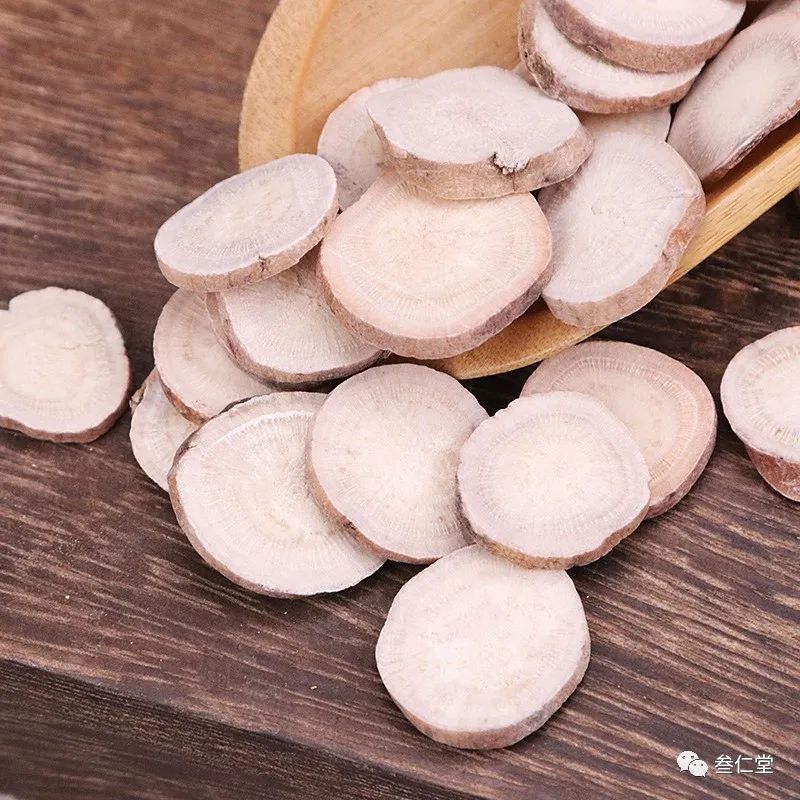
Hua Tuo found this very strange and woke his wife, telling her what had just happened. His wife said, “All the flowers and grasses in front and behind the house are planted by you, and they have all become good medicines, curing many diseases and saving many people. Only this peony is left there, cold and useless. I think it may be that you have not paid attention to it; you do not understand it, and it is crying out of grievance.” Hua Tuo replied, “I have tasted it many times; the flowers, leaves, and stems have no use, so how can it be used as medicine?” His wife said, “You have tasted the flowers, leaves, and stems, but have you tasted the root?” Hua Tuo replied, “The flowers, leaves, and stems are useless; what is there to taste in the root?” His wife, seeing him a bit impatient, did not continue and said, “Alright, it is getting late; you should rest.” Hua Tuo felt very tired and lay down to sleep. His wife could not sleep, thinking more and more about it, feeling that the peony’s crying was out of grievance, and perhaps its usefulness had not yet been discovered. She decided, “I must fulfill my thought for it.” The next morning, she took a kitchen knife to cut vegetables and accidentally cut her hand, and blood immediately gushed out. She hurriedly called Hua Tuo. When Hua Tuo saw it, he quickly took a knife and applied medicine to the wound. But the blood would not stop flowing. Hua Tuo was at a loss. His wife then said, “Why not dig some peony root to apply?” Hua Tuo dug a bit of peony root, mashed it into a paste, and applied it to the wound. Wow, it was effective; the blood stopped immediately. After a few days, the wound healed, and there was no trace left. Hua Tuo said, “Thanks to you for reminding me, you even bled for it; if it weren’t for you, a good medicine would have been buried.” Later, Hua Tuo conducted detailed experiments on the peony and found that it not only stops bleeding and promotes blood circulation but also has analgesic, nourishing, and menstrual-regulating effects. He recorded it in the “Qing Nang Jing” and added the character “药” (medicine) to call it “Bai Shao Yao” (White Peony). Due to Hua Tuo’s cultivation experiments, Bai Shao flourished in Qiaoling (present-day Bozhou) and later spread to Sichuan, Hangzhou, and Shaanxi, but the Bai Shao produced in Qiaoling, which is large, white, and has a strong powdery texture, is known as Bai Shao.

Benefits of Bai Shao Bai Shao has a bitter and sour taste and a cool nature. Its effects include: soothing the liver and regulating qi, nourishing the liver and blood, alleviating pain in the middle, and calming the liver and astringing yin. It is primarily used for symptoms caused by disharmony between the liver and stomach, such as chest and flank distension and pain, abdominal pain, menstrual irregularities, dysmenorrhea, metrorrhagia, spontaneous sweating, night sweats, headaches, and dizziness. (1) The traditional ten benefits of Bai Shao are only recorded in ancient texts and famous formulas, with only Bai Shao and Bai Shao Yao mentioned, and not Chi Shao (Red Peony). Bai Shao and Chi Shao are often described together. This has been discussed in detail in the section on Chi Shao. According to ancient texts, the benefits of Bai Shao are relatively complex and can be summarized into ten benefits: ① Alleviating pain in the middle (《本草备要》); ② Benefiting the spleen: “benefiting the spleen, draining wood, regulating blood,” “calming the spleen channel, collecting stomach qi” (《本草纲目》); ③ Nourishing blood, cooling blood: “sour and cold can cool and nourish blood” (《本草经疏》); ④ Suppressing the liver: “nourishing yin and suppressing the liver, can nourish and drain” (《药品化义》); ⑤ Draining the liver: “draining the liver and gallbladder, attacking the spleen and stomach” (《玉楸药解》); ⑥ Draining the liver: “draining the liver, calming the spleen and lungs” (《大明本草》); ⑦ Softening the liver: “nourishing the spleen and softening the liver” (《本草正义》); ⑧ Nourishing blood and harmonizing nutrients: “benefiting yin and nourishing blood,” “solidifying the pores, harmonizing blood vessels, collecting yin qi, regulating middle qi” (《本草正义》); ⑨ Astringing and stopping sweating: “astringing and collecting fluids, benefiting nourishment” (《注解伤寒论》), “stopping sweating” (《本草求真》); ⑩ Calming the liver (《中药学》). The above ten benefits can be summarized as treating the liver, benefiting the spleen, alleviating pain in the middle, nourishing blood, and astringing yin. In “Wang Xugao’s Six Medical Books,” Bai Shao is classified into five treatment methods: soothing the liver, draining the liver, nourishing the liver, astringing the liver, and nourishing liver yin. Bai Shao’s effects are broad but not specific; it has five or six effects in treating the liver, and the terminology used is somewhat vague. In modern Chinese medicine textbooks, Bai Shao is generally classified as a blood-nourishing herb. However, I tend to classify it as a qi-regulating herb, as detailed in the following discussion.
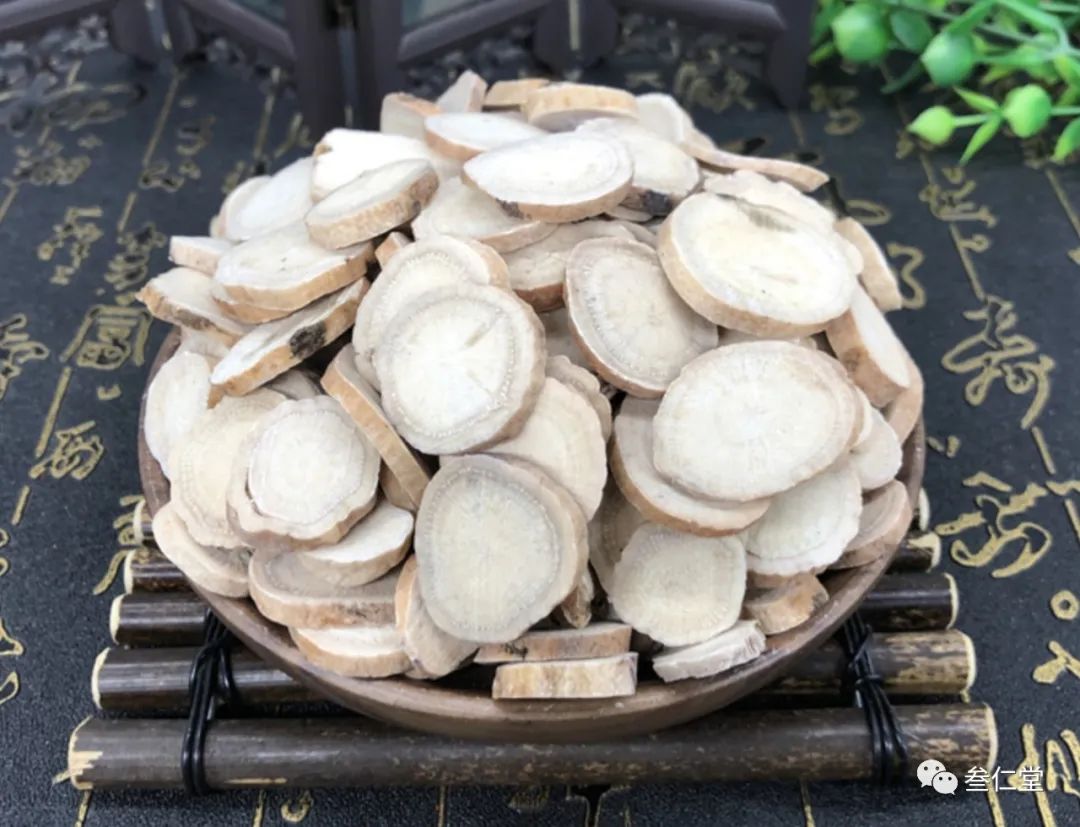
(2) The positioning of Bai Shao’s effects – soothing the liver and regulating qi 1. Bai Shao soothes the liver: Bai Shao is included in many traditional liver-soothing and resolving formulas, such as Si Ni San, Xiao Yao San, Chai Hu Shu Gan San, and Da Chai Hu Tang. These four representative liver-soothing formulas have a common characteristic: Chai Hu and Bai Shao are used together, with Bai Shao assisting Chai Hu in soothing the liver and resolving issues. Therefore, it can be said that Bai Shao is a liver-soothing herb, and compared to its effects of suppressing, draining, and softening the liver, it seems more accurate. Pharmacological studies have confirmed that Bai Shao has liver-protective and analgesic effects, capable of treating liver damage and liver area pain, which is similar to the effects of Chai Hu. 2. Bai Shao alleviates pain in the middle: The term “alleviating pain in the middle” refers to alleviating urgent pain in the middle jiao, which means alleviating gastrointestinal pain. In famous formulas such as Shao Yao Gan Cao Tang, Tong Xie Yao Fang, Xiao Jian Zhong Tang, and Wu Ji Wan, Bai Shao plays a role in alleviating pain in the middle. Pharmacological studies have confirmed that Bai Shao has a spasmolytic effect on gastrointestinal smooth muscle, and the effect of alleviating pain in the middle is the result of its spasmolytic action. 3. Does Bai Shao have qi-regulating effects? Texts like 《本草纲目》 state that Bai Shao has effects such as “regulating middle qi,” “collecting stomach qi,” “collecting yin qi,” “dispersing evil qi,” and “stopping pain and lowering qi.” These all imply the meaning of regulating qi. 《本草正义》 records that Bai Shao can treat “abdominal pain and distension, heart and stomach stabbing pain, chest and flank distension and pain,” which are all symptoms of “wood invading earth.” This means Bai Shao can treat the symptoms of liver wood harming spleen earth, which is the meaning of soothing the liver and regulating qi.
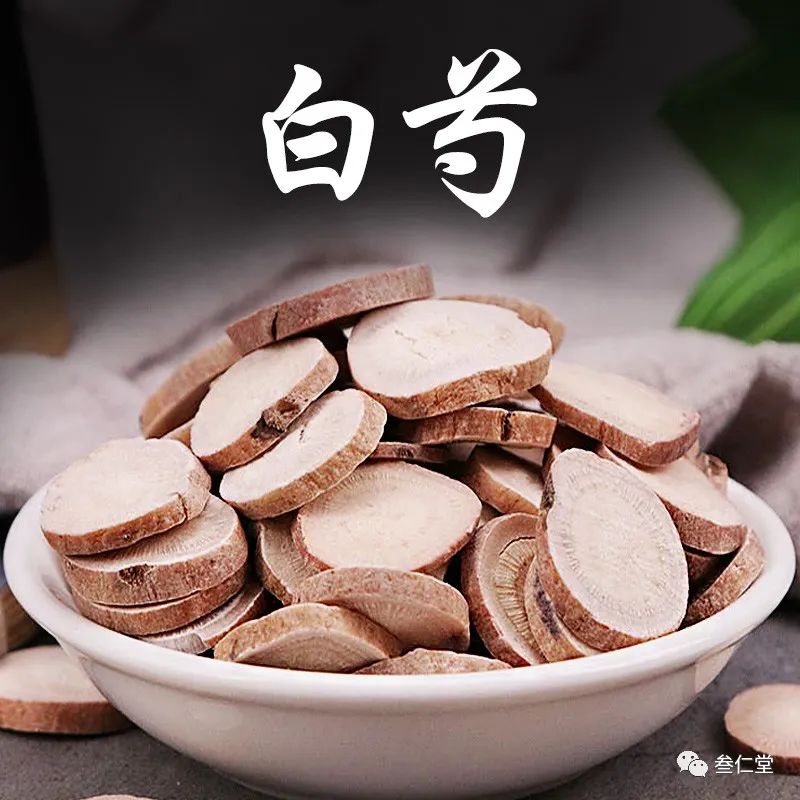
4. Compared to other qi-regulating herbs, Bai Shao has the effect of relieving gastrointestinal smooth muscle spasms and alleviating pain. This is consistent with many qi-regulating and analgesic herbs like Mu Xiang. However, there are differences; most qi-regulating herbs mainly contain volatile oils, many of which have both contraction and relaxation effects. The main component of Bai Shao in regulating qi is paeoniflorin, which only has a relaxing and spasmolytic effect, without enhancing contraction. However, the main components of Chai Hu and Chuan Lian Zi, which are liver-soothing herbs, are not volatile oils. Chai Hu is a saponin, and Chuan Lian Zi is an alkaloid. The main components of the breaking qi herbs like Bing Lang and Hou Po are also not volatile oils. Bing Lang is an alkaloid, and Hou Po mainly consists of phenolic compounds and alkaloids. This indicates that the classification of Chinese herbs is primarily based on their effects rather than their components. Therefore, I suggest classifying Bai Shao as a liver-soothing and qi-regulating herb. (3) Bai Shao nourishes blood and harmonizes nutrients, but does not have a blood-replenishing effect. Bai Shao is traditionally classified as a blood-nourishing herb. The concept of nourishing blood is somewhat vague; it may mean nurturing, nourishing, and maintaining, but it is different from the concept of replenishing blood, generating blood, and enhancing essence blood. Many Chinese herbs have nurturing and nourishing effects but do not have blood-replenishing or blood-generating effects. In important herbal texts like 《神农本草经》 and 《本草纲目》 regarding the treatment of blood-related diseases, there are records of “smooth blood vessels,” “harmonizing blood vessels, collecting yin qi,” “women’s blood blockage,” and “liver blood deficiency,” but there is no record of having blood-replenishing effects. According to TCM theory, the liver stores blood. The meaning of liver blood deficiency is that the liver’s storage of blood is insufficient.
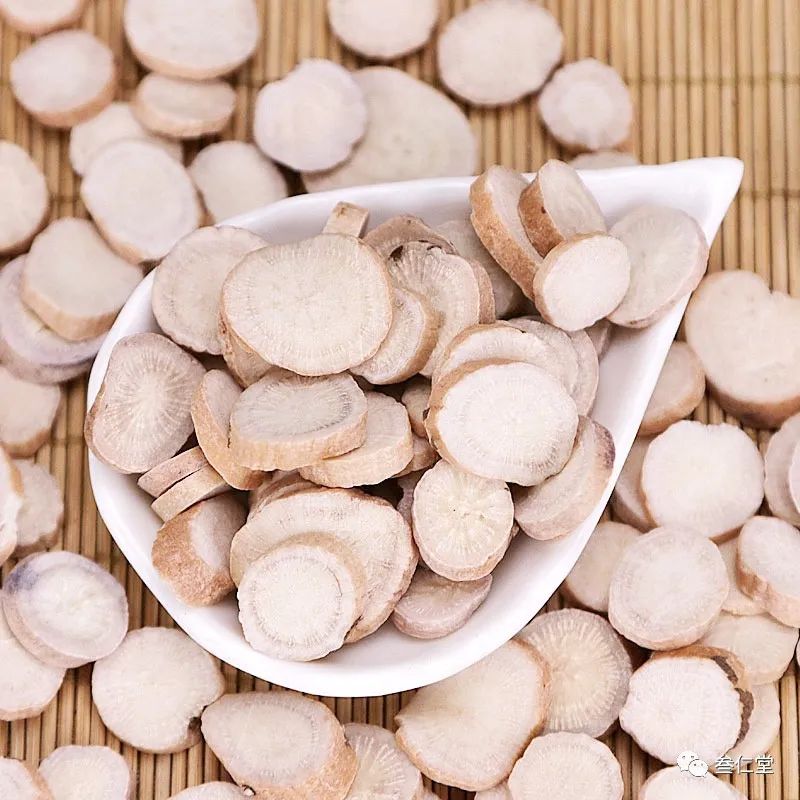
In the 16 supplementary formulas of 《本草纲目》, the prescriptions for blood-related diseases include “nosebleeds that do not stop,” “coughing blood,” “bleeding during menstruation,” “menstrual flow that does not stop,” “blood flooding and discharge,” and “wounds bleeding,” with none being for treating blood deficiency. This indicates that the ancients did not consider Bai Shao to be a blood-replenishing herb. In the TCM textbook, although Bai Shao is classified as a blood-nourishing herb, its clinical applications include “① used for menstrual irregularities; ② used for liver qi disharmony; ③ used for excessive liver yang,” with none being for nourishing or replenishing blood. Si Wu Tang is a representative formula for nourishing and replenishing blood. Among its ingredients, Dang Gui and Shu Di are blood-replenishing herbs that enhance blood cell production. Bai Shao and Chuan Xiong are not blood-replenishing herbs and do not enhance blood cell production. Some texts claim Bai Shao replenishes blood, which is a misunderstanding. Bai Shao has effects on improving myocardial blood supply and oxygenation, anti-coagulation, and anti-thrombus, which may explain its role in nourishing blood in Si Wu Tang and its effects in Gui Zhi Tang and Ying. (4) Bai Shao is good for pain symptoms. Bai Shao has both spasmolytic and central analgesic effects. Clinically, it is often used for pain symptoms. ① Abdominal pain and distension: For pain and distension caused by acute and chronic inflammation or ulcers in the gastrointestinal tract, it is used together with Mu Xiang, Bai Zhu, and Huang Lian for its spasmolytic and analgesic effects. ② Flank pain and distension: For flank pain and abdominal distension caused by acute and chronic inflammation of the liver, gallbladder, and pancreas, it is often used with Chai Hu, Yu Jin, and Huang Qin for its nerve-analgesic effects. ③ Chest tightness and pain: For chest tightness and pain caused by cardiovascular diseases, it is often used with Yu Jin, Shi Chang Pu, and San Qi for its combined spasmolytic and analgesic effects. ④ Menstrual pain: Often used with Dang Gui, Chuan Xiong, and Zhi Xiang Fu for its combined spasmolytic and analgesic effects. ⑤ Joint pain: For joint pain caused by various rheumatic diseases, it is often used with Gui Zhi, Zhi Mu, and Ren Dong Teng for its anti-inflammatory and analgesic effects. Although Bai Shao can also be used for nerve pain, its analgesic effect is generally mild.
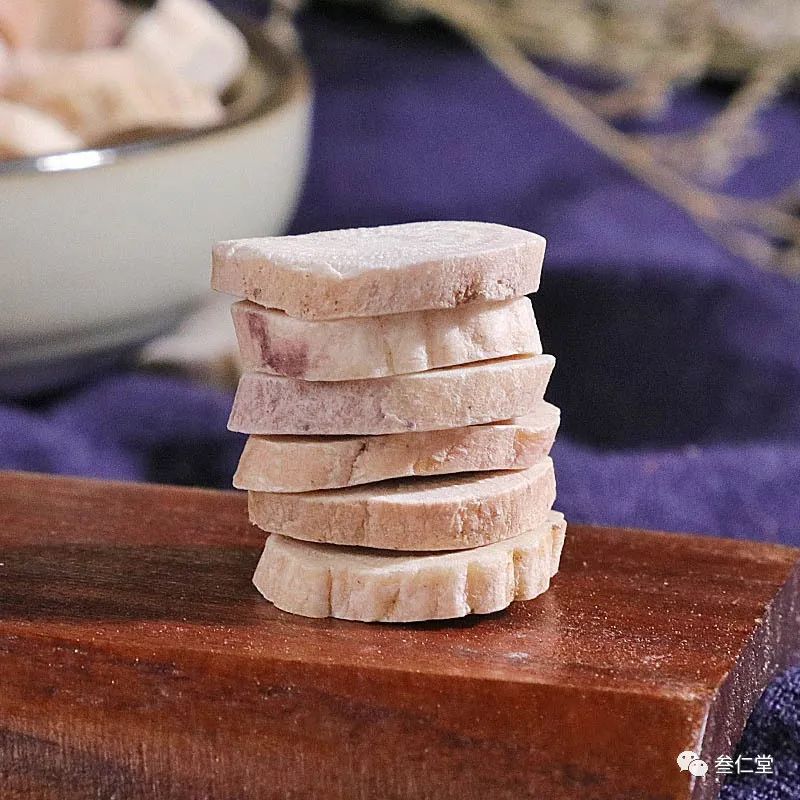
(5) Bai Shao does not have the effect of “promoting urination.” The 《神农本草经》 records that Bai Shao has the effect of “promoting urination.” In modern times, some have assumed Bai Shao can promote urination because it is used in the warming yang and promoting water formula, Zhen Wu Tang. However, does Bai Shao promote urination? This was first denied by Zhu Danxi and later by Li Shizhen, who explained in 《本草纲目》 that “Bai Shao can benefit yin… thus urination occurs naturally, not due to promotion.” The warming yang and promoting water effects of Zhen Wu Tang are due to the actions of Fu Zi, Sheng Jiang, Bai Zhu, and Fu Ling. Bai Shao, when combined with Fu Zi, can have the effect of harmonizing yang and astringing yin. Clinical practice and pharmacological reports have not confirmed that Bai Shao has the effect of promoting urination. Ancient TCM masters had both affirmations and denials of previous records and experiences, which is the scientific attitude of seeking truth from facts. (6) Dosage of Bai Shao: The common dosage of Bai Shao is generally 12g, which is a dosage for conditioning. For treating diseases and alleviating pain, such as abdominal pain, liver pain, chest tightness, and joint pain, a larger dosage of 20-30g is required for a quicker effect.
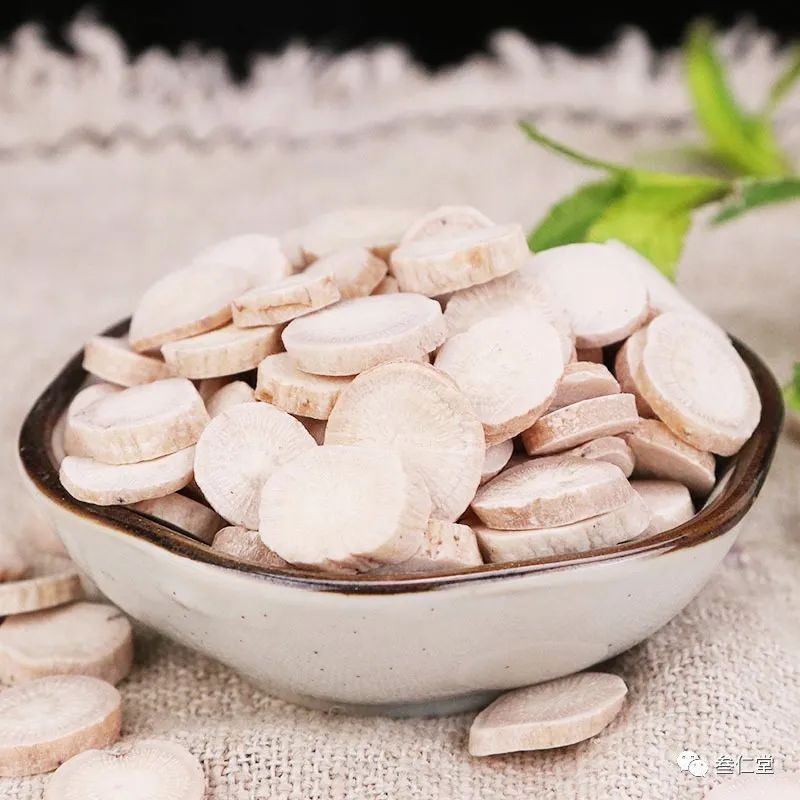
Clinical Applications of Bai Shao 1. Treatment of chronic gastritis, peptic ulcers, chronic enteritis, and irritable bowel syndrome. 2. Treatment of acute jaundice hepatitis, chronic hepatitis B, liver fibrosis, and cirrhosis. 3. Treatment of sciatica, headaches, and epilepsy. 4. Treatment of coronary heart disease. 5. Treatment of rheumatoid arthritis.

